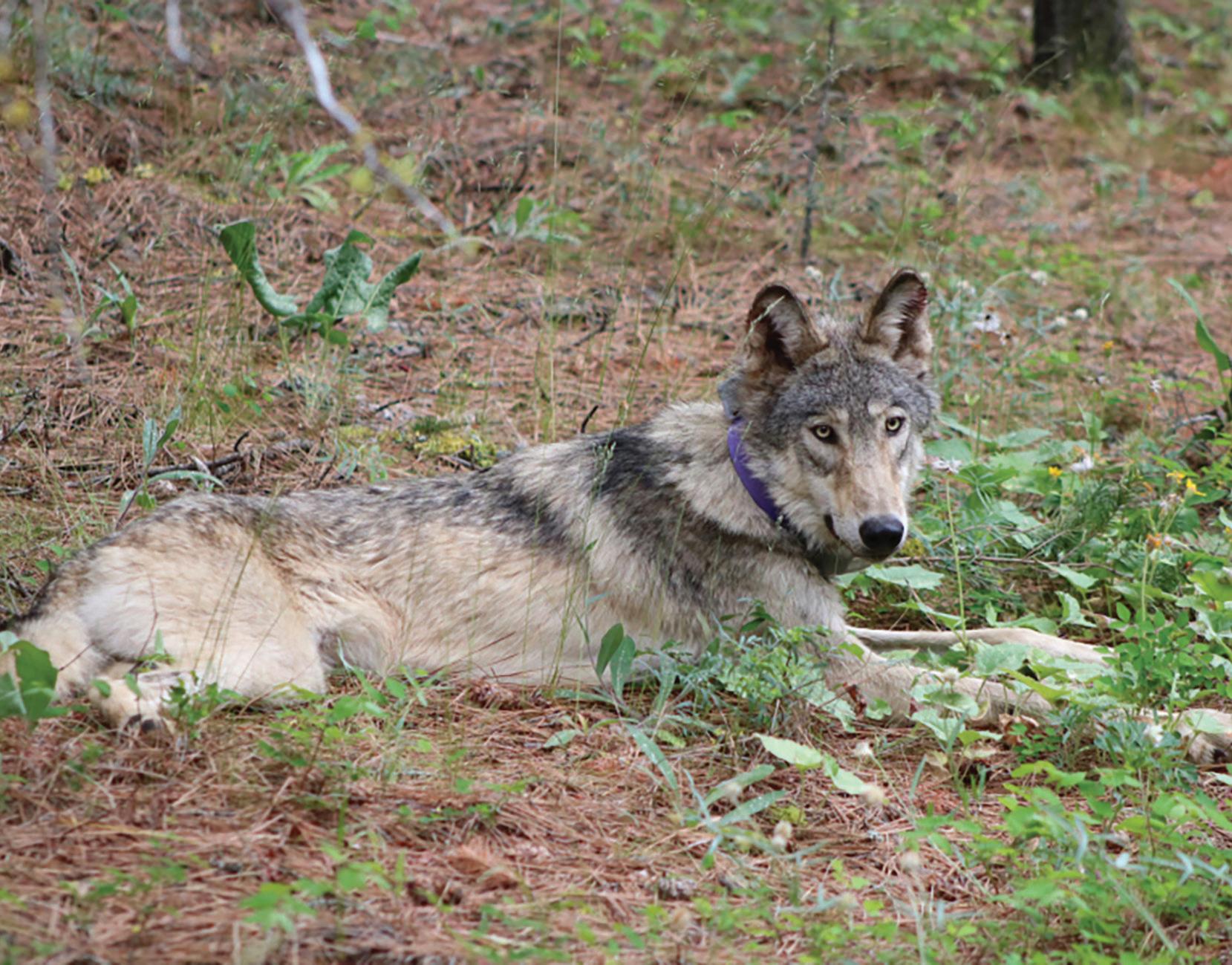Should We Bring Jaguars Back to the U.S.? A two million-acre swath of Arizona and New Mexico could be a prime spot for reintroducing the big cats to their old habitat. By Adele Peters
Photo: Julie Larsen Maher/WCS
W
hen a male jaguar was spotted in Arizona in 2011—and then photographed by trail cameras multiple times over the next four years—the occurrence was so rare that it inspired a mural in Tucson and a craft beer named after the cat, who was thought to have crossed the border from Mexico. But jaguars once lived throughout the state and in other parts of the U.S. And some scientists now argue that they should be brought back to a two-million-acre swath of Arizona and New Mexico. The historical record supports that there were jaguars through most of Arizona and New Mexico, up to the Grand Canyon,” says Eric Sanderson, a senior conservation scientist at the nonprofit Wildlife Conservation Society and the lead author of a new paper that makes the case for reintroduction. There were historical reports of the animals in California as far north as the Bay Area and in southern states such as Louisiana. Thomas Jefferson talked about a spotted cat in his notes on the natural history of Virginia. Throughout the first half of the 20th century, there were occasion-
al sightings in the Southwest. But hunting and habitat loss wiped the population out, and a government hunter killed the last female jaguar in 1964. The animal is considered endangered in the U.S., so the U.S. Fish and Wildlife Service created a “recovery plan” in 2019 that covered a small part of Arizona south of Interstate 10. But the agency didn’t suggest that many animals could live in the area. “Their models have a carrying capacity of maybe six adult jaguars,” Sanderson says. “And six isn’t a viable population of really anything.” In Mexico, a threatened but established population of jaguars lives in Sonora—some close enough to the border that male cats have wandered into Arizona. (Female jaguars tend to spend their lives fairly close to where they were born and don’t travel as far.) In Arizona, the interstate highways and other development make it unlikely that the animals could spread farther north. The 30-foothigh chunks of the border wall that the Trump administration built in the area also make it harder for wildlife to make it from Mexico to the U.S. But a huge area farther north in Arizona and New Mexico, JAGUARS continued on page 16
12 June 2021
Arizona Cattlelog








